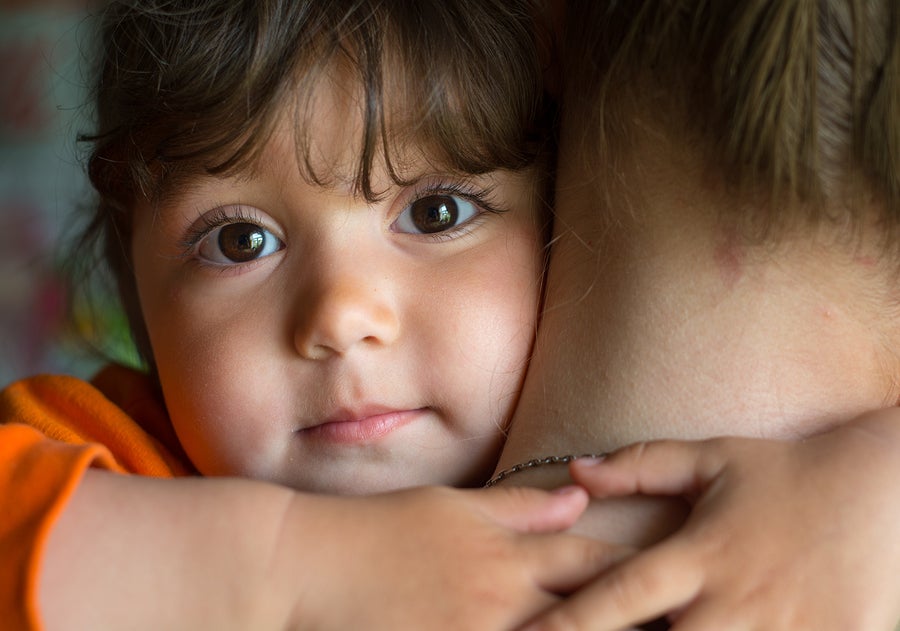It was announced last week that an immigration question was going to be added to the decennial census for the first time since 1960, leading to concerns of an undercount among immigrant and minority groups. Researchers are tracking hard-to-count communities from the last census (here is a map and explainer). The map considers a census tract “hard-to-count” if the self-response rate to the 2010 census was 73% or under. These are areas of the country that could be particularly affected by the addition of a citizenship question because they are already difficult and costly to reach. Families that are more difficult to reach and are at a higher risk of being undercounted are more likely to have young children, be immigrants or only have access to weak internet connections.
This week, I am reading studies on the well-documented and long standing issue of the child undercount in the census. The 2010 census child undercount is estimated to be about 1 million young children. In 2020, communities with large immigrant and young child populations are going to be at high risk of being undercounted again. There are many reasons an accurate census count is important, such as political representation and how federal funding for programs is allocated.
KIDS COUNT’s Why Are Young Children Missed So Often in the Census?
This 2009 working paper from the Annie E. Casey Foundation found children are more likely than any other age group to be undercounted in the census and discussed the theories on why this is the case.
What It Finds
- Children of color are most likely to be undercounted.
- On the 2000 census form, there was only room to list complete demographic information for the first six members of the household. This likely disproportionately impacts the youngest children because households usually list household members by age and start with the oldest.
- Young children are more likely to live in households at risk for being hard-to-count, as the paper finds:
- Young children are more than three times as likely as adults to live in largebig households.
- Young children are more likely to be in families that move around and live in rental housings.
- Young children are also more likely to live in complex families, such as living with an adult who is not a parent.
Why It Matters
- The young child undercount shows that many children face uncertain and changing living situations.
- Hard-to-count communities that are already disadvantaged may not be receiving the appropriate share of federal funding for public programs that assist in child care, education, and health care
Child Trends Hispanic Institute’s and the National Association of Latino Elected and Appointed Officials (NALEO) Educational Fund’s The Invisible Ones: How Latino Children Are Left Out of Our Nation’s Census Count
This brief analyzes the young child undercount in the census among Latino children.
What It Finds
- There was an undercount of 400,000 young Latino children in the 2010 census.
- The undercount of young Latino children in California, Texas, Florida, Arizona and New York make up about three-quarters of the total undercount. California accounts for almost one-third of the undercount.
- The undercount of young Latino children is concentrated in counties with a populations over 100,000.
Why It Matters
- Young Latino children are more likely to live in areas where it is harder to count individuals and they are more likely to have characteristics that are associated with being hard to count.
- Recommendations to reduce the undercount include targeted outreach in areas with a large undercount and utilizing partnerships with stakeholders.
Population Research and Policy Review’s Comparing the U.S. Decennial Census Coverage Estimates for Children from Demographic Analysis and Coverage Measurement Surveys
This study reviews two methods that are used to evaluate completeness of census coverage.
What It Finds
- The young child undercount in the 2010 census is estimated through two methods.
- Demographic analysis (DA) compares the findings from the census to independent population estimates by demographic characteristics (for young children, these are based mostly on birth records). The DA estimates a 4.6% young child undercount in the 2010 census.
- The survey based approach, or dual system estimation (DSE), compares census results to data from the post-enumeration survey, which is an independent survey to examine possible census errors. The DSE method estimates a 0.7% young child undercount in the 2010 census.
Why It Matters
- The authors find that the DA method is likely more accurate than the DSE method.
- This is significant because the DA estimates a larger young child undercount than the DSE method.


